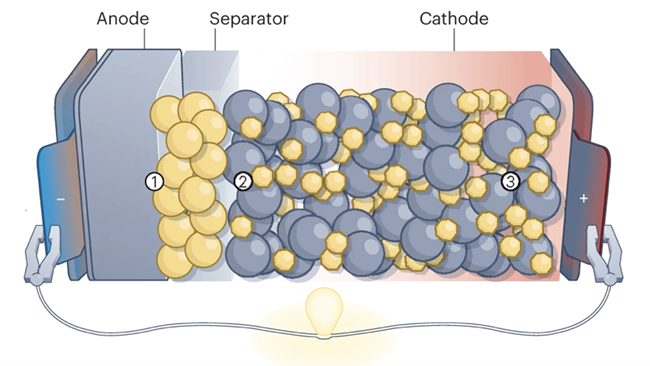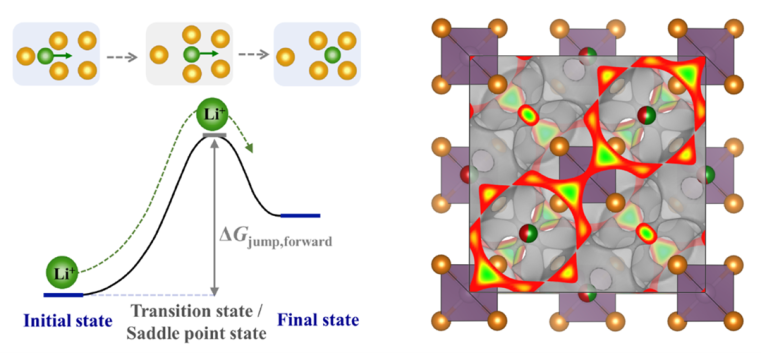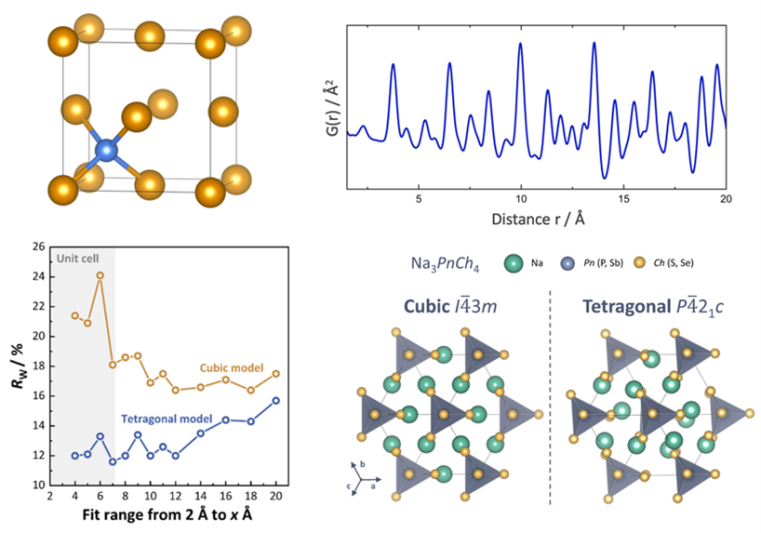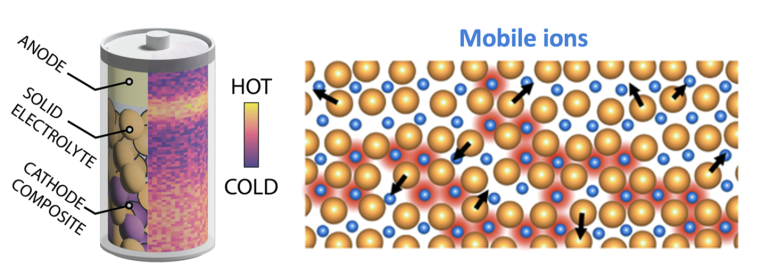Materials by Design
Our work seeks the understanding of the underlying structural chemistry of functional materials and its effects on their physical properties by using a combination of synthetic structural chemistry, solid-state physics, and solid-state electrochemistry. On the synthetic side, we employ classical solid-state syntheses (oxides, chalcogenides, and thiophosphates) as well as gas flow techniques, sol-gel synthesis, mechanochemical- and microwave-assisted synthesis, and flux growth of crystals. Multiple structural characterization techniques (X-ray scattering, neutron scattering and pair-distribution function analyses) help us understand the local structural arrangements and bonding interactions and provide correlations to the measured ionic, thermal, and electronic transport properties.




